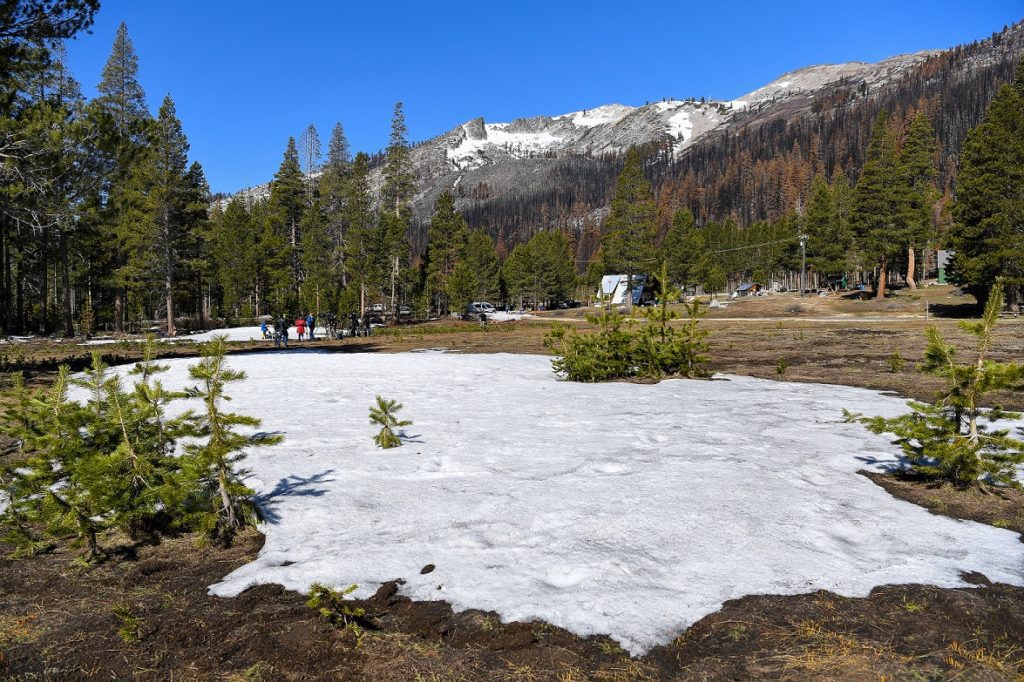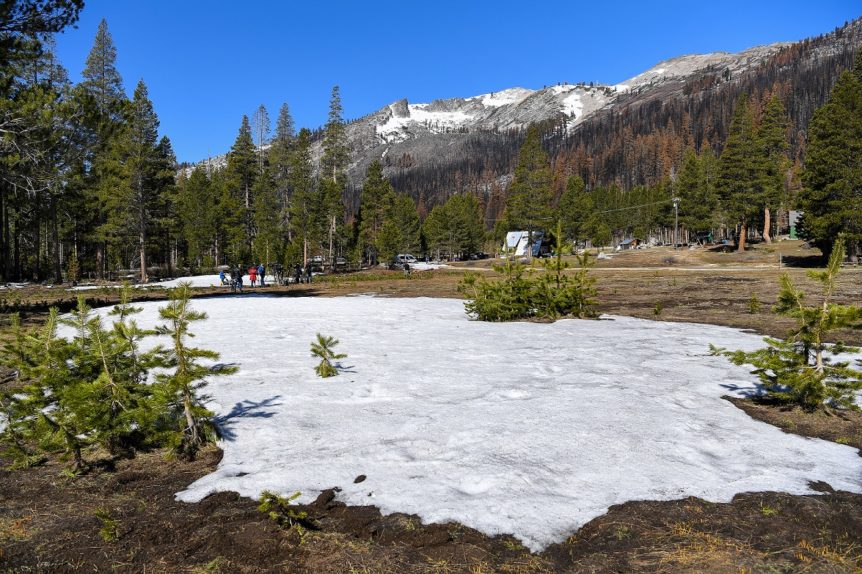California Department of Water Resources (DWR) personnel have indicated that current snow levels and water conditions are similar to those seen during the height of the last drought. During the fourth snow survey of the season, DWR highlighted the impact of a warm and dry start to 2022. The conditions at Phillips Station reflected the disappointing state of California’s water supplies heading into summer.

“Unfortunately, I hoped for better conditions than this, but our survey today recorded a snow depth of 2.5 inches and a snow water content of one inch. That is only four percent of average here as this location,” said Sean de Guzman, Manager of DWR’s Snow Surveys and Water Supply Forecasting Unit. “On the contrary though, our statewide automated snow sensor network is reporting 38 percent of average to date.”
October and December of 2021 helped set a strong start to the water year, with substantial storm systems bring heavy rain and snow. That was followed up be a period between January and March that was the driest conditions recorded in 100 years. “During that period California has only received about half the amount of rainfall it recorded in comparison to 2013 which ended up turning into the driest calendar year on record,” de Guzman noted.
DWR has been working to better track snowpack data, incorporating different forecasting models to help improve forecasting accuracy. de Guzman explained that the latest snowmelt forecasts are only about 44 percent of average. The discouraging snow levels will have an equally disappointing impact on water conditions moving forward. Reservoir storage statewide is around 70 percent of the average for April 1, or 48 percent of overall capacity. de Guzman noted that the levels are approximately the same to those seen in early April of 2015.
“We have below average snowpack. We have below average rain. We’re going to get below average runoff that isn’t enough to fill them back up,” said de Guzman. “That’s why we’re going to have below average reservoir storage going into the summer.”











